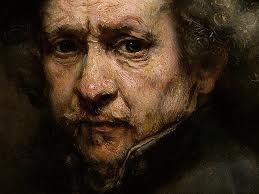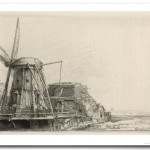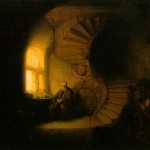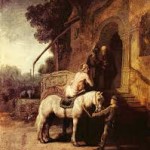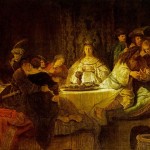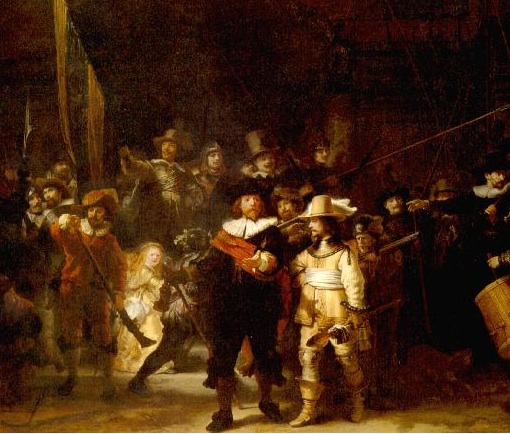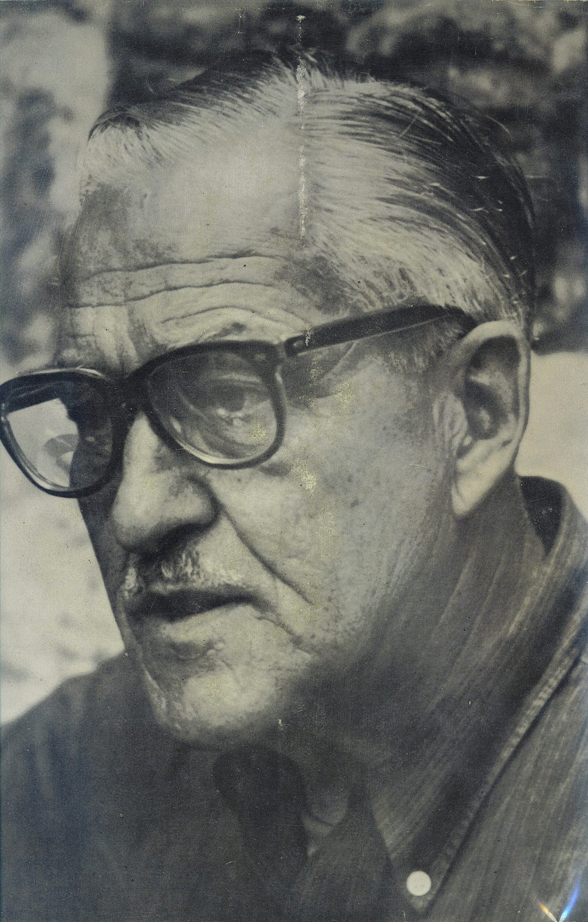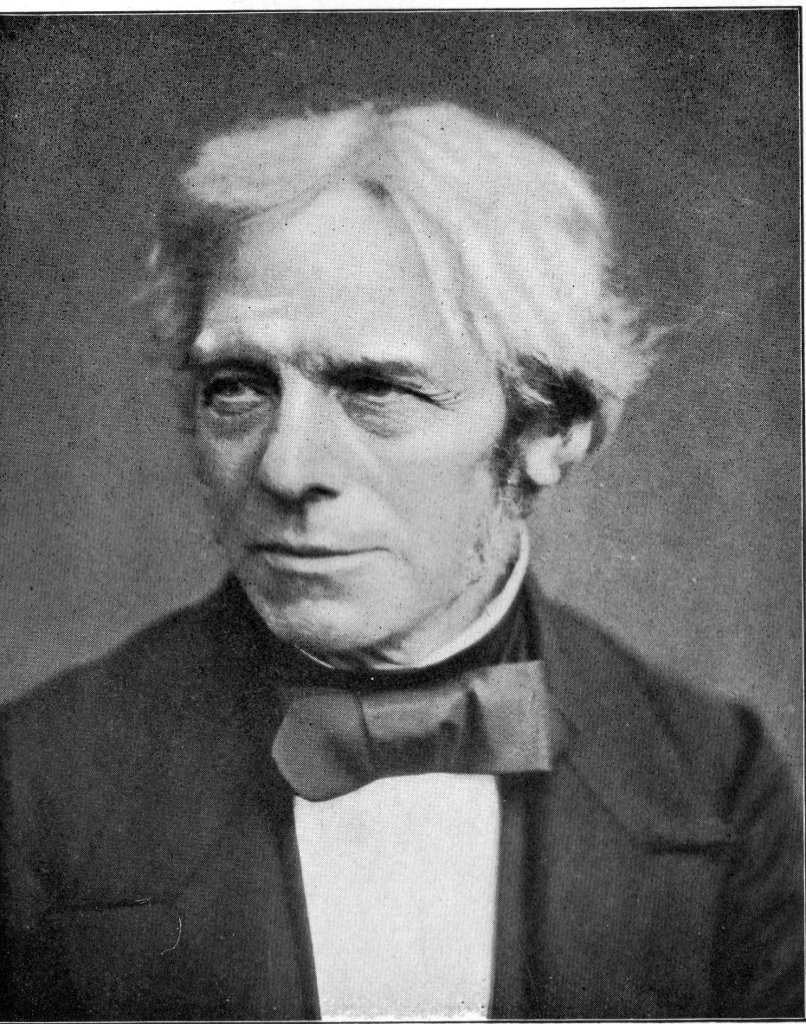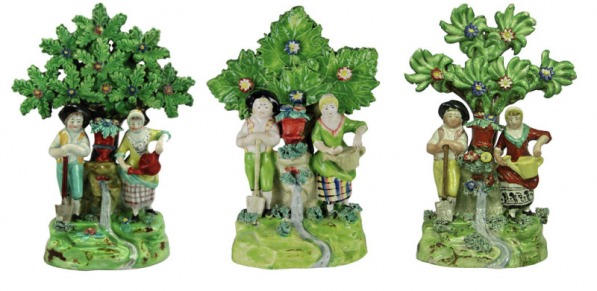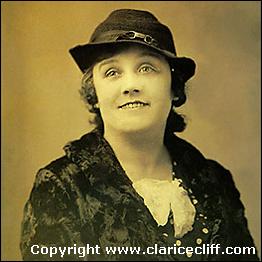Rembrandt van Rijn was born on 15 July 1606 in Leiden, the son of a mill owner. In 1621, he began training with a local painter and in 1624-1625 he was in Amsterdam, studying with Pieter Lastman who had been to Italy and now introduced Rembrandt to international trends.
Rembrandt settled permanently in Amsterdam in 1631 and set up as a portrait painter. One of his first major public commissions was ‘The Anatomy Lesson of Dr Tulp’ (1632). In 1634, he married the well-connected Saskia van Uylenburgh. Rembrandt prospered, painting mythological and religious works as well as portraits, and the couple lived well.
One of Rembrandt’s most well-known paintings, ‘The Night Watch’, a group portrait of one of Amsterdam’s militia companies, was completed in 1642.
The Night Watch is misnamed because of a very dark varnish that covered it until the 1940’s. It should be titled The Company of Captain Frans Cocq. It is a group portrait of a company of civil guards under the command of Cocq and his lieutenant, Willem van Ruytenburch (in light garb).
Saskia died in the same year, which coincided with difficulties in Rembrandt’s business. This, coupled with his extravagance, resulted in him being declared bankrupt in 1656. His house and possessions were sold, including his own large collection of works of art.
After Saskia’s death, Rembrandt had an affair with his son’s nurse, but they quarrelled and he later began a relationship with his housekeeper, Hendrickje Stoffels. She frequently modelled for him.
Rembrandt continued to receive commissions and some of the great paintings from this period are ‘The Syndics of the Clothmakers Guild’ (1662) and ‘The Jewish Bride’ (c. 1666). Rembrandt was interested in drawing and etching as well as painting, and his etchings were internationally renowned during his lifetime.
Throughout his career, he attracted pupils who also served as his assistants. Their work can sometimes be hard to distinguish from Rembrandt’s own.
Rembrandt was the greatest Dutch painter of his age and is one of the most important figures in European art. The many self-portraits he painted throughout his life provide us with a visual autobiography.
Rembrandt died on 4 October 1669.

